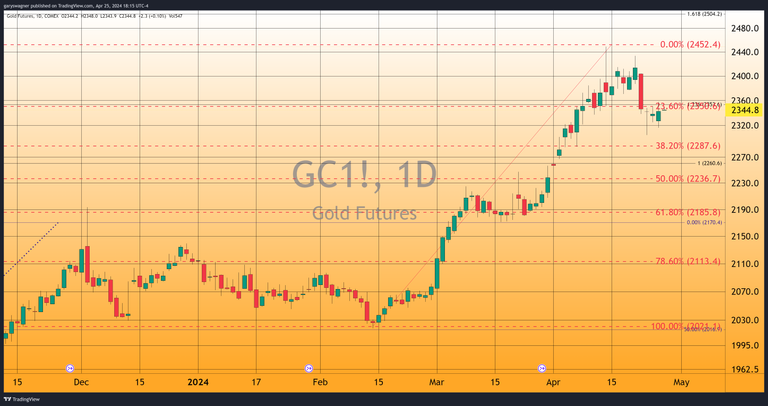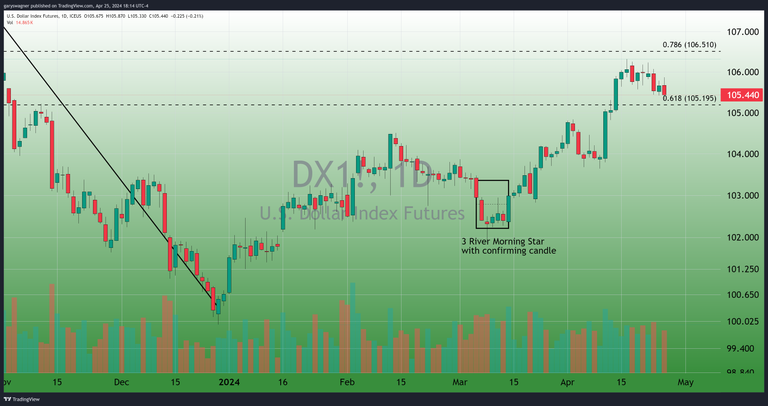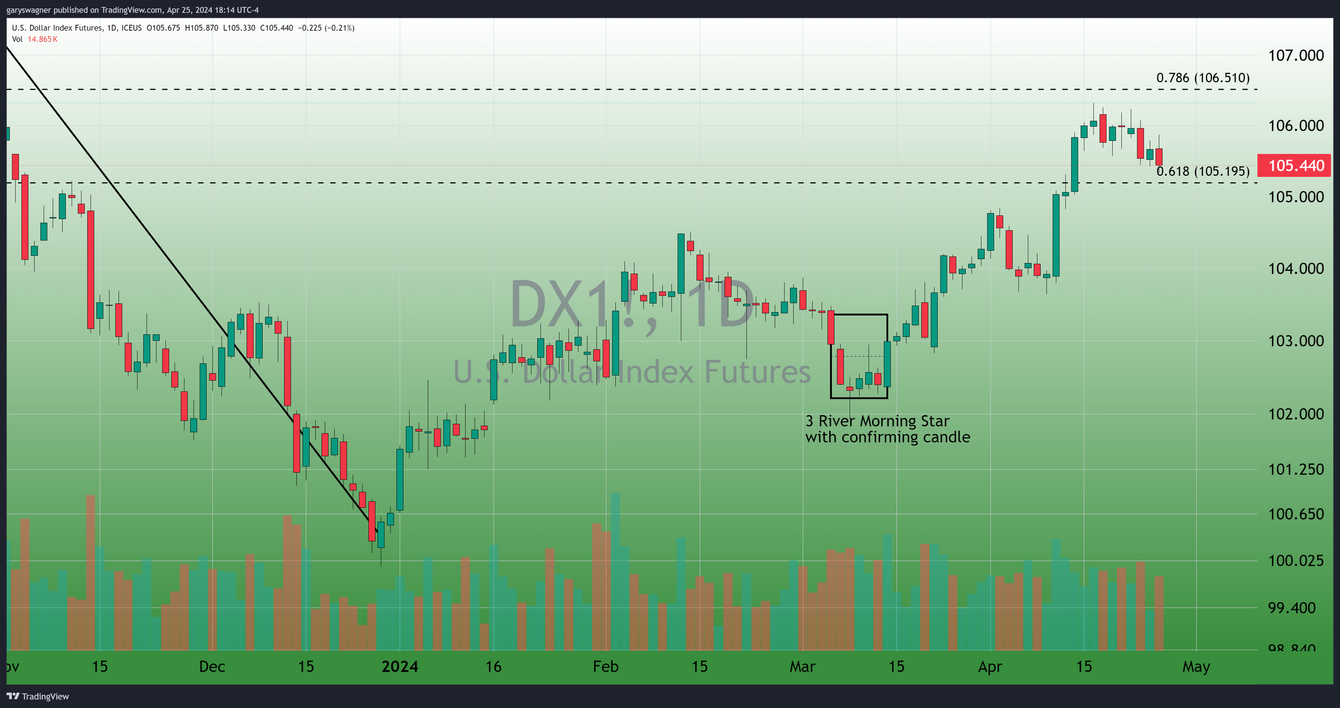Gold futures edged higher on Thursday, with the June 2024 contract settling at $2,344.30 per ounce, up $6.20 on the day. The modest gains were supported by a weaker U.S. dollar, which lost 0.21% to fix the dollar index at 105.44.

The moves in the precious metal came ahead of two potentially market-moving economic reports that could influence the Federal Reserve's monetary policy outlook and gold's safe-haven appeal.

Today, the government released data showing the U.S. economy grew at a 3.2% annualized rate in the first quarter. While solid, the report revealed some concerning inflation signals. The personal consumption expenditures (PCE) price index, the Fed's preferred inflation gauge, rose at a 3.4% annual rate - well above the 1.8% pace in Q4 2023. The core PCE, which strips out volatile food and energy costs, also accelerated to 3.7%.
These hotter-than-expected inflation figures took economists by surprise and raised concerns that consumer prices could start re-accelerating after showing signs of cooling. According to MarketWatch, if taken at face value, the GDP data suggests tomorrow's March PCE report could show monthly gains of 0.4% to 0.5% for both the headline and core indexes, versus Wall Street forecasts of just 0.3%.
Such elevated readings would signal that inflation is no longer slowing and may even be reaccelerating, potentially forcing the Fed to continue raising interest rates well into the second half of 2024. Higher rates could boost the U.S. dollar and dent the appeal of gold as an inflation hedge.
However, some economists are skeptical that the March PCE will come in as hot as the GDP figures suggest. Bank of America analysts noted that the March consumer and producer price data do not point to such outsized monthly increases of 0.4% to 0.5% for PCE.
Regardless of tomorrow's inflation print, central banks globally continued to be significant buyers of gold in the first quarter. Driven by a desire to diversify reserves away from the U.S. dollar after sanctions froze Russia's dollar assets, countries like China, India and Turkey dramatically ramped up bullion purchases. China's gold holdings as a percentage of total reserves climbed to 4.3% by year-end from 3.6% in early 2022.
With economic uncertainty lingering and central banks diversifying, gold's safe-haven status may continue to underpin strong investment demand for the precious metal.
For those who wish to learn more about our service, please go to the links below:
Pricing, Track Record, Trading system, Endorsements of Confidence, FAQ
Wishing you as always good trading,

